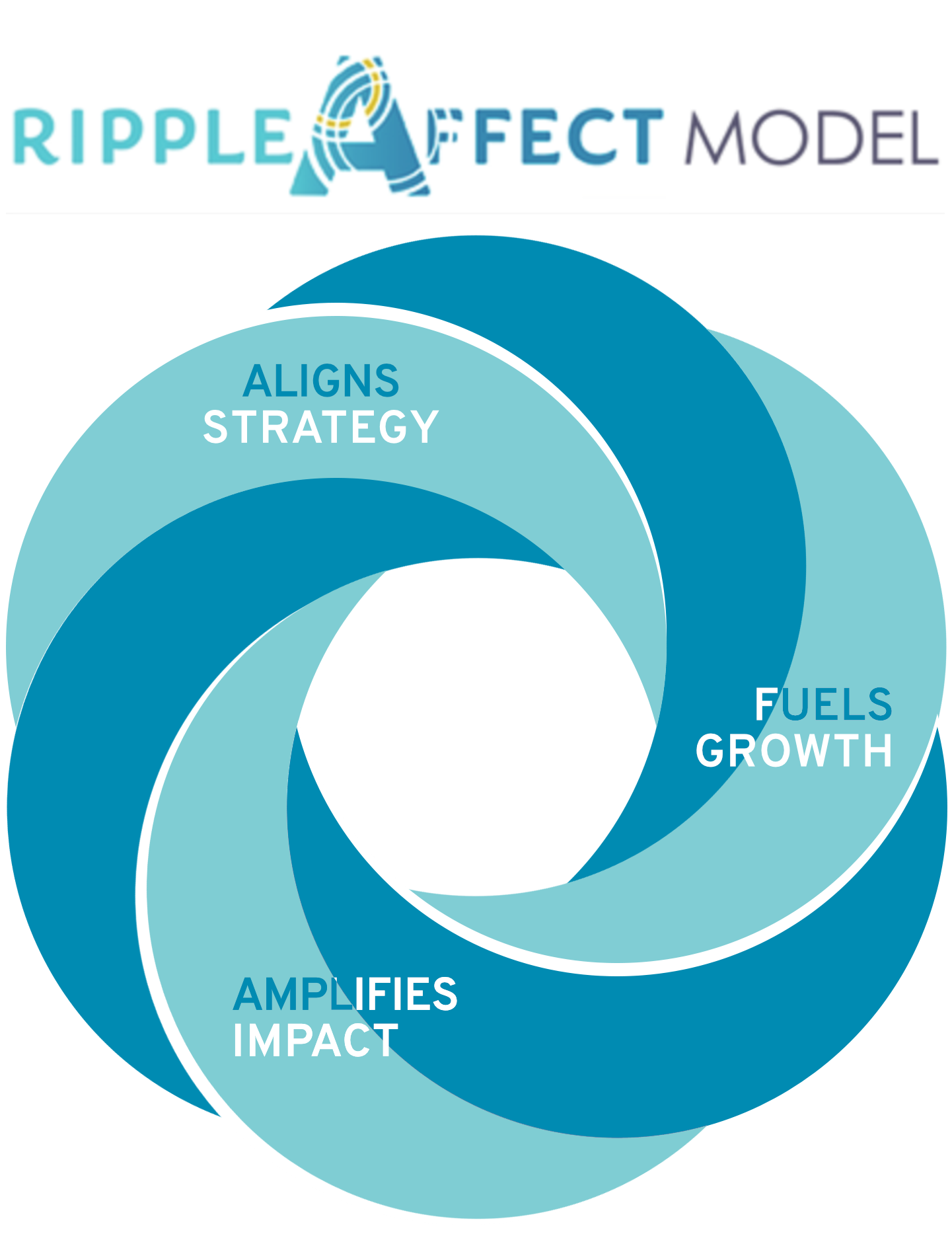Stop Penalizing the Social Sector for being Successful

While I started my career working for family firms in NY’s fashion industry and now run my own business, the middle 25 years were dedicated to serving in the social sector (I prefer to call the sector by what it is, social, not by its IRS nonprofit tax status).
When working in the social sector, I found myself repeating what leaders I admired said. Expressions like, “Nonprofits should run more like businesses,” and, “.80 cents on every dollar should go directly to programs.” Yet over time, I saw the contradiction in these beliefs.
First, let me tackle wanting social organizations to run more like businesses. Yes and no.
Yes! I certainly expect corporations with an IRS tax designation of 501c3 to be run well. Their missions and clients deserve no less. I also expect them to make a profit each year to put toward building a 3- to 6-month operating reserve. At the beginning of the COVID pandemic, I was board chair of a private high school that did just that. Thanks to the discipline of previous board members and school presidents, we were able to direct $1 million from reserves, in addition to the government PPP loans issued at that time. This allowed us to retain talent, continue to operate, and purchase the added technology, ventilation and cleaning supplies needed for the initial pivot to online learning and, later, the dance of hybrid learning.
No! It’s worth learning from a sector that includes community benefit among its success measures, and many businesses have. I credit the social sector with influencing the private sector’s movement toward ‘conscious companies,’ B Corps, ESG and pushing back against Milton Friedman’s position that the prime purpose of any business is to create profit. Today, it’s common to hear a range of leaders from small biz owners to Fortune 500 CEOs talk about how profit fuels achieving their purpose. That is a radical departure from even 10 years ago. In addition, when a private sector business creates value, it’s customers who pay for the value. That’s rarely the case with social organizations. Typically, the client ‘benefits’ from services, but cannot pay for them; the revenue stream is separate from the consumers of the services.
Now let’s look at the .80 cents on the $1 metric that, at first blush, makes sense.
I suspect a group of well-meaning donors suggested this so that social organizations wouldn’t get carried away adding staff they couldn’t afford or running programs that didn’t align with their mission. Certainly, donors felt good knowing that most of their contributions directly benefited clients.
The .80 cent rule may be realistic for certain types of charities, but that type of short sightedness starves effective organizations from serving more clients. While it’s been nearly a decade since the BBB, Charity Navigator, and Guidestar came out in support of the “overhead myth,” encouraging donors to support infrastructure, it’s surprising how many boards and donors still strive for that 80% rule.
Here are some examples of why such thinking strangles effective and innovative organizations.
Social organizations that have applied best practices, and sometimes developed next practices, cannot scale without investing in the people, planning, evaluation, technology, and operational infrastructure that drive results, but increase expenses.
· Do we want to hold them back when that type planned growth often brings the potential for greater impact?
· Does this keep organizations stuck in old ways of serving clients instead of serving more people or developing more efficient and effective ways?
One client of mine, a health clinic, invested in such infrastructure. That allowed it to earn the Federally Qualified Health Center Designation, bringing more resources and higher standards that have allowed it to expand both the number of patients it sees and add services like dental and pharmacy. Low-income patients, who often put off care until issues become more acute (and costly), work more than one job, and lack consistent transportation, can now access multiple services under one roof. Less time away from work and family plus improved health allows people the dignity to contribute to society.
Aren’t those outcomes worth a few cents on the dollar? YES!!
One way to eliminate this ‘either/or’ tension is to recognize the various types of organizations in each sector.
· The private sector has publicly-traded corporations (small, mid, and large cap firms) and privately-owned businesses (including some family-owned and ESOPs).
· The public sector has Federal, state, county, and municipal levels of government; within municipalities alone there are cities, towns, boroughs, townships, etc.
So, it shouldn’t be a surprise that the social sector is equally diverse.
There are nearly 30 types of 501cs (the IRS code for nonprofits). This starts with 501c1s (Federal-chartered credit unions and farm loan associations), and includes 501c4s (civic leagues), 501c6s (chambers of commerce and industry associations), 501c11s (teacher retirement fund associations), 501c16s (farming coops), and 501c23s (veterans’ organizations), to name a few.
The most common of these is the 501c3 category, which most people associate with “nonprofits.” Think of all the private universities, museums, and cultural organization; national nonprofits like the Red Cross and Junior Achievement with local chapters; human services organizations that can be massive or tiny; charities created when a loved one dies of a rare type of cancer or disease; all the churches, synagogues, and mosques with their programs; and don’t forget those private, grantmaking foundations.
That’s a lot of social sector diversity!
Instead of forcing a framework (e.g., .80 cents on the dollar) on all social sector organizations, let’s recognize the array of organizations in the social sector. Let’s ask those social innovators, “What are your success measures and KPI?”
One size definitely doesn’t fit all.





